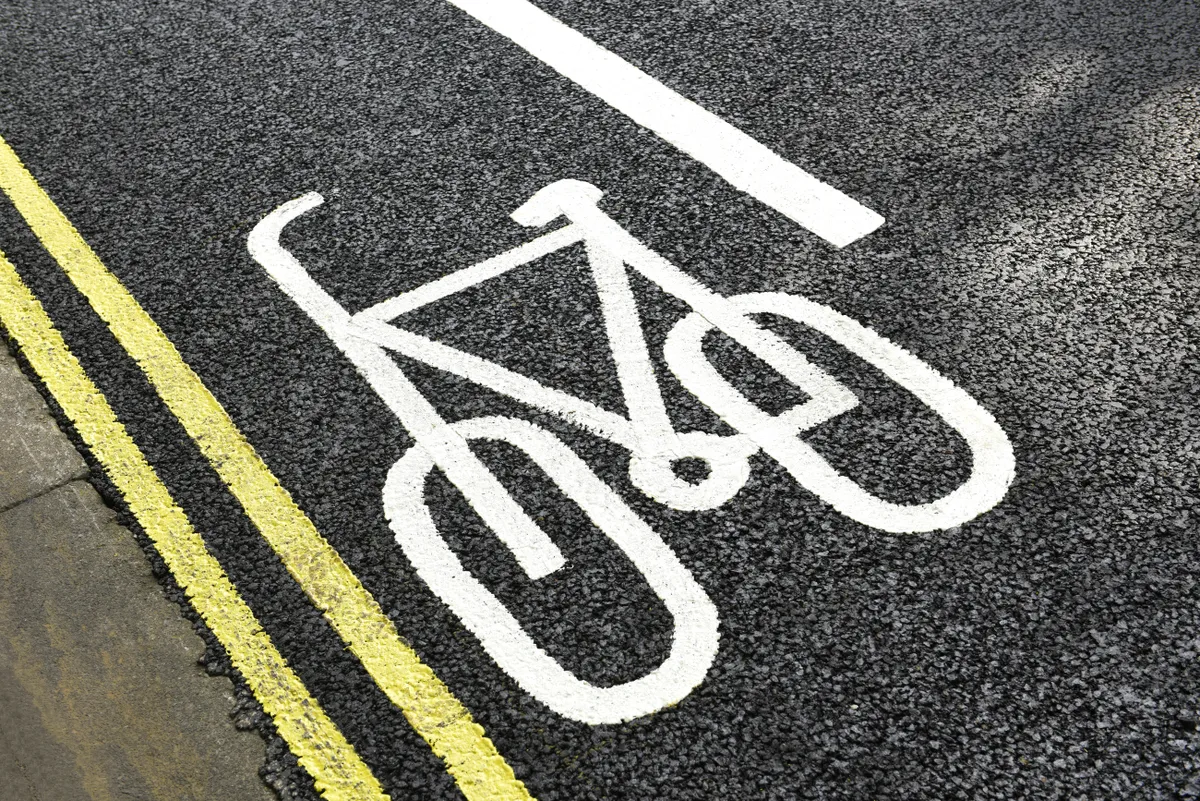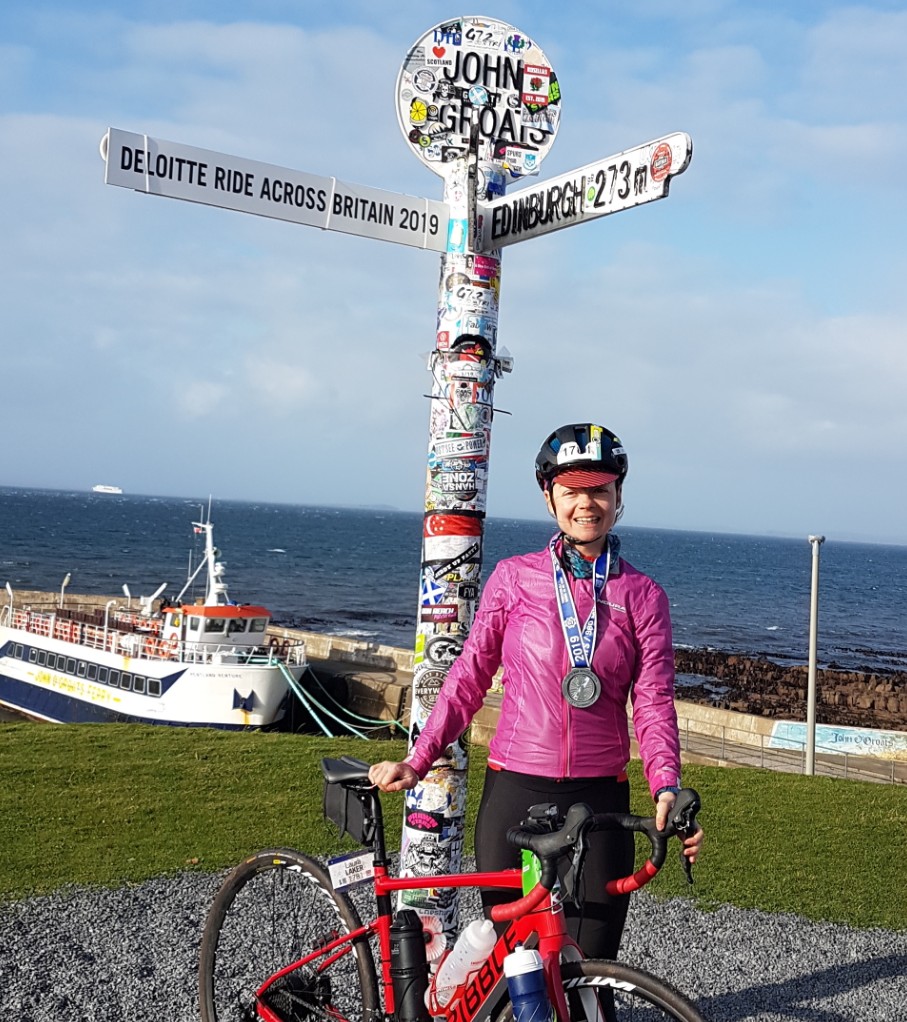“What about disabled people?” is the cry we often hear when discussing cycling-friendly changes to the streetscape. It’s long overdue that we asked this – but it’s also easy to assume we know the answers without talking to disabled people.
The assumption, when people think about things such as Low Traffic Neighbourhoods (LTNs), is that they automatically disadvantage those who need a wheelchair and/or a vehicle to get about.
Our streets are already unequal places. Research shows people with disabilities benefit most from low-traffic streets free of speeding drivers cutting through, and from pavements unbroken and unblocked by car parking.
People with visual impairments, physical disabilities or mobility issues – things many of us experience as we age – are statistically at greater risk from traffic danger and so, when you remove that danger, and the threat of it, more people can enjoy their neighbourhoods and lead a fulfilling life.
Barriers are disablers

When I speak to disabled people and look at the research, it’s clear travel as a disabled person comes with huge additional challenges.
The social model of disability says it’s the environment that’s disabling, though, not a person’s physical limitations. For disabled cyclists, barriers on cycle routes, steps, ‘cyclists dismount’ signs and rough or narrow cycle paths, all act as disablers.
Sometimes, the very pavements outside people’s front doors are so badly surfaced, plagued with pavement parking, and the road with dangerous driving, that the most resilient disabled person can become reluctant or unable to leave their home.
They then become reliant on cars or taxis, expensive and at times inconvenient transport predicated on someone else taking them.
During the pandemic, huge volumes of pop-up cycle routes, temporary expansions to pavements and LTNs were rolled out rapidly, many of them without much accessibility consideration.
Despite good intentions, new barriers such as planters blocking dropped kerbs made it hard to cross the road without long detours. Sometimes, disabled parking outside shops was taken up with new social-distancing measures, the assumption being disabled people were at home shielding, not out trying to maintain their independence and physical mobility.
In the months and years since these early roll-outs, I think lessons have been learned in consulting disabled users on such measures. These lessons will be carried into Active Travel England (ATE), the national body for enabling cycling and walking interventions, handling funding and monitoring standards.
Sustrans is in the process of removing thousands of barriers from the National Cycle Network, currently placed at an appalling average of three per mile on off-road sections.
Many of these are installed to stop antisocial motorbike use, but in achieving this aim (arguably imperfectly), they exclude those using adaptive bikes, or anyone who can’t dismount easily, often the very people who can benefit most from physical activity, access to nature and the joy of movement in a safe, traffic-free environment.
Creative thinking

Changes to streets can be challenging, and require creative thinking and behaviour change, but that doesn’t mean we shouldn’t do it. If cycle lanes and traffic filters, like LTNs, are done right, deliveries can still be made to homes and shops, businesses still thrive, and anyone who needs to drive is still able to.
If disabled people are involved in the design process, planters can be placed in ways that don’t block dropped kerbs, and so that disabled residents don’t face long detours.
Disabled cycling charity, Wheels for Wellbeing, working with and advising ATE, believes these street changes are beneficial for disabled people, but that those with visual impairments have different needs from wheelchair users, for example, and one size doesn’t fit all.
First in Sheffield, and now in Manchester, the Paralympian and active-travel tsar, Dame Sarah Storey, is prioritising accessibility on routes she delivers and working with different user groups on solutions.
Cycling has so much positivity to offer, not least in the communities we form around it – and the more of us that can join in, the better and fairer the world will be.
